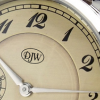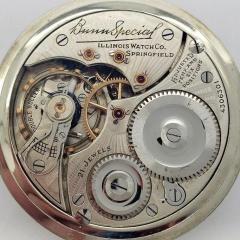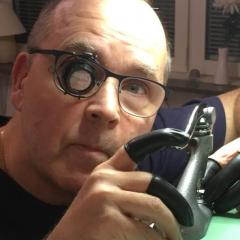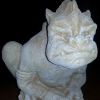-
Recently Browsing
- No registered users viewing this page.
-
Topics
-
Posts
-
Possibly just me but I'm having a hard time following along. The same guys also state: "Once parts have been epilamed, the oil droplet remains anchored to the spot" and this is exactly what we're looking for. If epilame was working like a wax-like repellant the droplet wouldn't remain anchored.
-
Sounds like even the manufacturers can't agree, what chance do we have?
-
According to these guys "Coating watch parts with a thin, even monolayer of epilame provides an effective oleophobic barrier that halts oil spread in its tracks." Which is exactly the same process that causes water beading on a waxed car. An oleophilic treatment would actually cause the oil to spread out to as thin a layer as possible as every oil molecule would try and come into contact with the oleophilic surface. The reason an oleophobic surface prevents spreading is because the oil behaves in such a way as to have as little contact with the treated surface as possible.
-
I never marked any of my repairs. I kept a book with all details. These days use Excel or Access and build your own. As Richard said repairs have their own code, some include the repair number some use their cost code.
-










Recommended Posts
Join the conversation
You can post now and register later. If you have an account, sign in now to post with your account.
Note: Your post will require moderator approval before it will be visible.